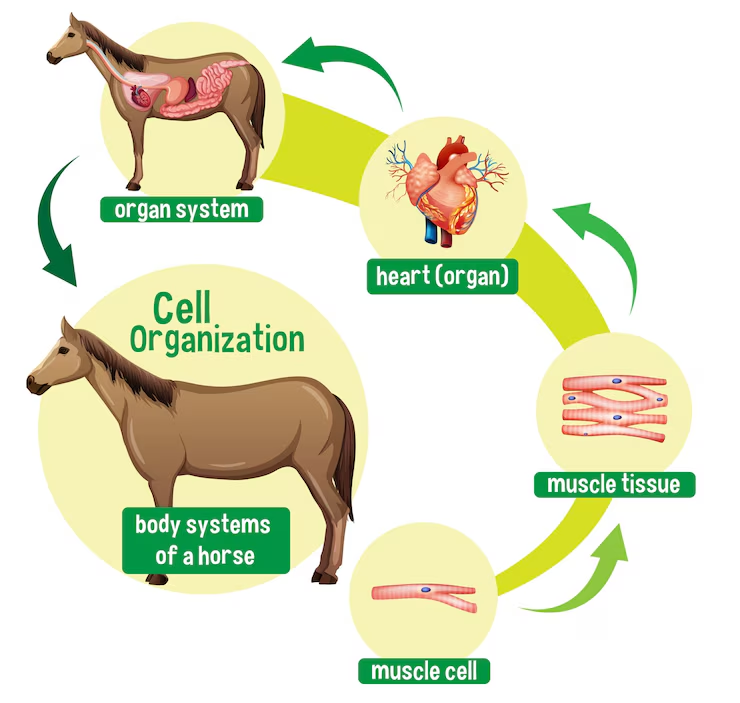Hoof | Description, Anatomy, Function, Examples, & Facts | Britannica-Inspired Elegy to Nature’s Silent Strength
In the hush of morning mist,
When wild horses thunder through dew-drenched valleys,
It is the hoof that speaks in rhythm—
not with words, but with echoes that kiss the earth.
The hoof, often overlooked, is not just a hardened shell.
It is a masterpiece of evolution,
a miracle of balance and biology,
a symbol of resilience in the kingdom of hooved wanderers.
Let us now step quietly into this world,
guided by the light of Britannica’s wisdom,
and speak of the hoof, not just in facts, Butt with reverence and awe.
🦶 What Is a Hoof? – More Than Just a Foot
A hoof is the tough, keratin-covered tip
of the toe of an ungulate mammal.
But that definition feels too scientific, doesn’t it?
Think of the hoof as a natural boot,
worn not by choice but by design—
a living shield that carries beasts across mountains,
meadows, deserts, and dreams.
Hooves are nature’s way of saying,
“You were made to roam.”
🔬 The Anatomy of a Hoof – A Symphony in Layers
The hoof is not just a hard shell—
It’s a harmony of parts, each with a purpose:
-
Wall – The outer, visible surface. Tough. Shiny. Proud.
-
Sole – The bottom, shaped to distribute weight.
-
Frog – A triangular pad that helps absorb shock.
-
Digital Cushion – Deep within, pulsing softly like a second heart.
-
Laminae – Microscopic Velcro, holding hoof to bone with elegance.
Every step you hear in the field
is a symphony of design.
⚙️ Functions of the Hoof – Nature’s Little Architect
Without hooves,
a horse would stumble, a deer would falter,
And a goat could not climb the impossible.
The hoof:
-
Supports weight
-
Absorbs shock
-
Grips the earth
-
Protects internal structures
-
Promotes circulation through motion
It is a marvel—
Both armor and a dancer’s slipper.
🌍 Hoofed Mammals: A Family of Silent Warriors
They are called ungulates—hoofed animals.
And they range from the regal to the rowdy:
-
Horses – The poets of the pasture.
-
Deer – Elegance in forests.
-
Cattle – Gentle strength.
-
Goats – Climbers of cliffs and keepers of chaos.
-
Pigs – Curious wanderers.
Each wears a hoof—
some cloven, some whole—
But all carry the story of ancient paths.
🧠 Britannica’s Echo: The Knowledge Behind the Clatter
Britannica, that grand library of facts,
describes the hoof with clinical precision,
but beneath the science lies the soul:
-
The hoof evolved over millions of years
-
From five toes to one or two functional digits
-
Specialized for running, leaping, and enduring
Facts meet poetry when Britannica whispers,
“Here is a miracle of bone and keratin.”
📜 History of the Hoof – Tracks Through Time
Long ago, hooves were not hooves.
They were soft, spread toes—
suited for ancient marshes.
But as plains replaced swamps,
creatures needed speed, agility, and strength.
And so, evolution sculpted hooves—
not instantly, but patiently,
as if whittling wood into a spear.
Now they thunder across lands
as nature’s finest footwear.
🩺 Hoof Care – The Sacred Ritual of the Stable
To care for a hoof
is to care for the whole creature.
-
Cleaning the hoof clears out stones, mud, and memory.
-
Trimming shapes its strength.
-
Shoeing protects it for battle, journey, and joy.
-
Regular checks prevent cracks, thrush, or lameness.
A well-tended hoof is a canvas of health.
🎨 Artistic & Cultural Significance of Hooves
In ancient cave paintings, hooves leave prints.
In myth, Pegasus’ hoof opened springs.
In war, cavalry charged with hooves drumming like drums.
Even now,
a child draws a horse with curved hooves,
marking their first understanding of speed and soul.
⚖️ The Balance of a Hoof – Where Physics Meets Grace
A hoof balances 1,000 pounds
on a surface no bigger than a cup.
Yet it does not tremble.
It knows pressure.
It knows terrain.
It knows exactly where to land,
like a dancer in mid-leap.
🌱 Hoof & Environment – Adaptation’s Greatest Trick
Desert hooves widen.
Mountain hooves grip.
Swamp hooves stay splayed.
Each hoof is a response—
a footnote written by Earth,
edited by survival.
🌌 Fun & Fascinating Facts About Hooves
-
Horses’ hooves grow about ¼ inch per month
-
Zebras never need shoes—the wild trims them
-
Deer hooves leave “heart-shaped” tracks
-
Camel hooves are soft pads—not true hooves!
-
Hooves can crack, just like hearts, if not cared for.
📷 Suggested Pictures to Complement This Tale
-
A close-up of a horse’s hoof mid-gallop
-
Diagram of hoof anatomy (wall, frog, sole, etc.)
-
Time-lapse of hoof evolution
-
Blacksmith fitting a horseshoe
-
Cloven deer hooves in fresh snow
Each photo should echo a feeling—
of motion, of mystery, of majesty.
💭 Conclusion – The Quiet Power Beneath Us
So next time you hear hooves on cobblestone,
don’t just think of noise.
Think of history,
biology,
elegance,
and quiet strength.
For in every hoofbeat lies a whisper of what came before—
and what still runs wild in us all.
❓FAQs About Hooves
1. What animals have hooves?
Ungulates like horses, deer, cows, pigs, and goats are hoofed mammals.
2. What are hooves made of?
Hooves are made of keratin—the same protein as human fingernails and hair.
3. Do hooves feel pain?
The outer hoof doesn’t, but the inner structures can if injured or infected.
4. Why do horses need horseshoes?
To protect their hooves from wear and injury, especially on hard surfaces.
5. Can hooves grow back if damaged?
Yes, hooves grow continuously and can heal over time with care and treatment.
